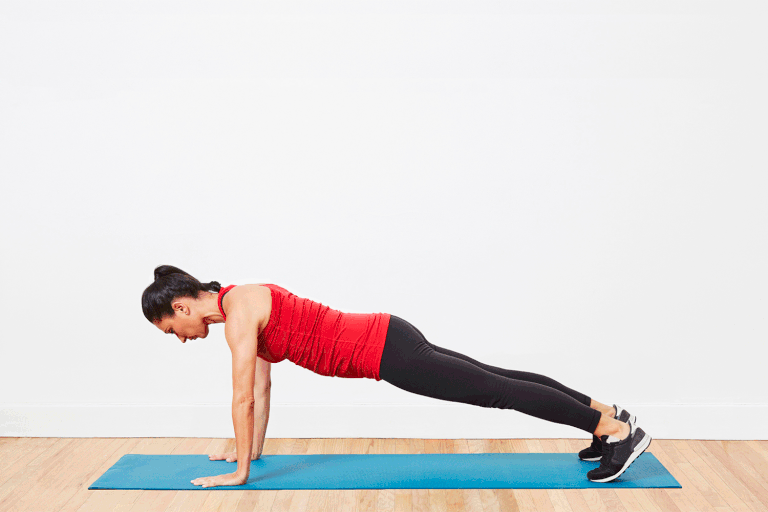
Do you fly a lot? Do you ride the train to work daily? If you do, you need to check this article out so that you can have your best life-hack for travel. Flying has specific effects on the body. It dehydrates you. It causes certain blood clots if you on the legs because of the inability to move around. We all know that compression socks help with blood circulation. These type of socks are not that expensive, and they give you a lot of other benefits other than having a comfortable flight.
4 Benefits of Wearing Compression Socks
1. Helps with the Swelling
The compression of the socks allows proper circulation of the fluid in your legs. These fluids are also known as lymph and can be found in the cells in your legs. The compression socks help the lymph move more freely, thus enabling your tissues to experience a decrease in swelling.
2. Feet and Leg Warmer
Traveling can be a pain in the legs, because of walking, sitting down for an extended period of hours and commuting in a winter’s night can make your legs get easily fatigued. The cold weather stiffens the leg muscles thus leading to cramps. Wearing compression socks counter attacks this effect of traveling in the cold. The graduated compression of the cotton socks gives warmth and comfort to the legs and feet.
3. Improve Blood Circulation
When traveling abroad, or riding a ten-hour bus ride, your feet and legs will take the toll of your body weight. Sitting for long periods can pool the blood in some regions of the legs and feet and through time eventually lead to venous blood clots. You wouldn’t want this! Compression socks are designed to improve blood circulation.
Compression socks help alleviate the risk of blood pooling by squeezing both your leg tissues and the walls of your leg veins, thus facilitate the return of blood to the heart.
4. Prevent Blood Clots
Deep Vein Thrombosis (DVT) can occur as a result of severe blood clotting. A DVT blood clot can form in the legs, torso, or arms. What’s worse is that these clots can break off after they grow and travel through the blood to your lungs, which can cause a pulmonary embolism.
Everyone is susceptible to the risk of blood clots when you spend extended amounts of time spent flying or sitting still, (especially for flights/trips longer than 7 hours.) Graduated cotton compression socks help in preventing DVT at the very onset.
What Type of Compression Socks are Best for You?
There are different types of compression socks available in the market. Some of which are more sporty than others, some more comfortable, while others are fun and exciting to wear. You can choose whatever type of compression socks that suit your lifestyle.
There are also prescribed compression socks which have more than 25mmHg compression rating as compared. These types of compression socks can only be purchased with a prescription from a doctor and given to people with severe leg condition that needs more compression.
For the regular Joe, you can choose cotton compression socks from SocksLane that give about 15-20mmHg compression rating, just about the right compression ou need for your daily travel. Other types include calf compression sleeves, ankle compression socks, open toe compression socks, thigh-high compression socks, compression hose, and compression leggings.
FAQs for Compression Socks

Can I wear them every day? Yes. You can wear them while working and while traveling.
Can I wear them at night? Yes. They can also be worn at night while sleeping. This is especially advisable for people who have RLS or restless leg syndrome.
Can compression socks hurt you? No. Just make sure you get the right size in the first place.
What are the different types of compression grade? Light compression: 8-15 mmHg, Moderate compression: 15-20 mmHg, Heavy compression: 20-30 mmHg, Surgical compression: 30-40 mmHg, Maximum compression: 40-50 mmHg
What is mmHg? “mmHg” stands for “millimeters of Mercury.” It is also the same unit of measurement to measure blood pressure. The most commonly sold compression socks for daily travel or long train travel should just be around a moderate level of compression.
Don't Forget to Exercise

You should also do these (WHILE SEATED) exercises to promote overall leg health:
Ankle Circles
Knee to Chest
Knee Lifts
Toe-and-Heel Lifts
Toe Curls
Hip Presses
You should also do these (WHILE STANDING) exercises to improve overall leg health:
Walk up and down the aisle
Marching movement
Calf raises
Forward bend
Quadriceps stretch
On a Final note!
You should wear compression socks not just for comfort but for the reasons mentioned above. You should specially wear it during long travels.

